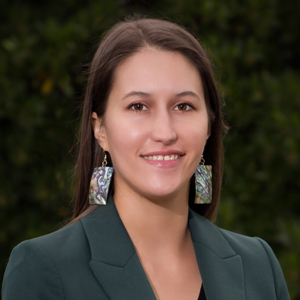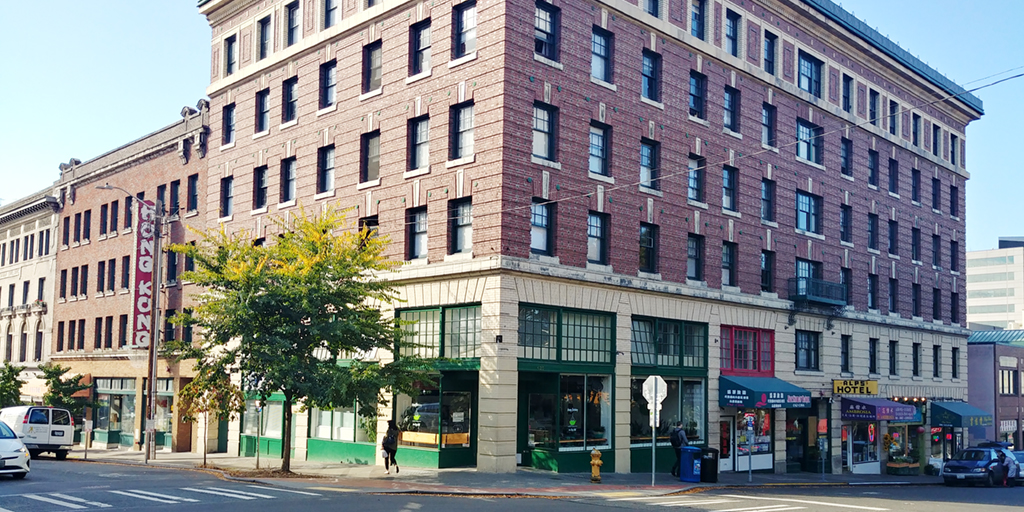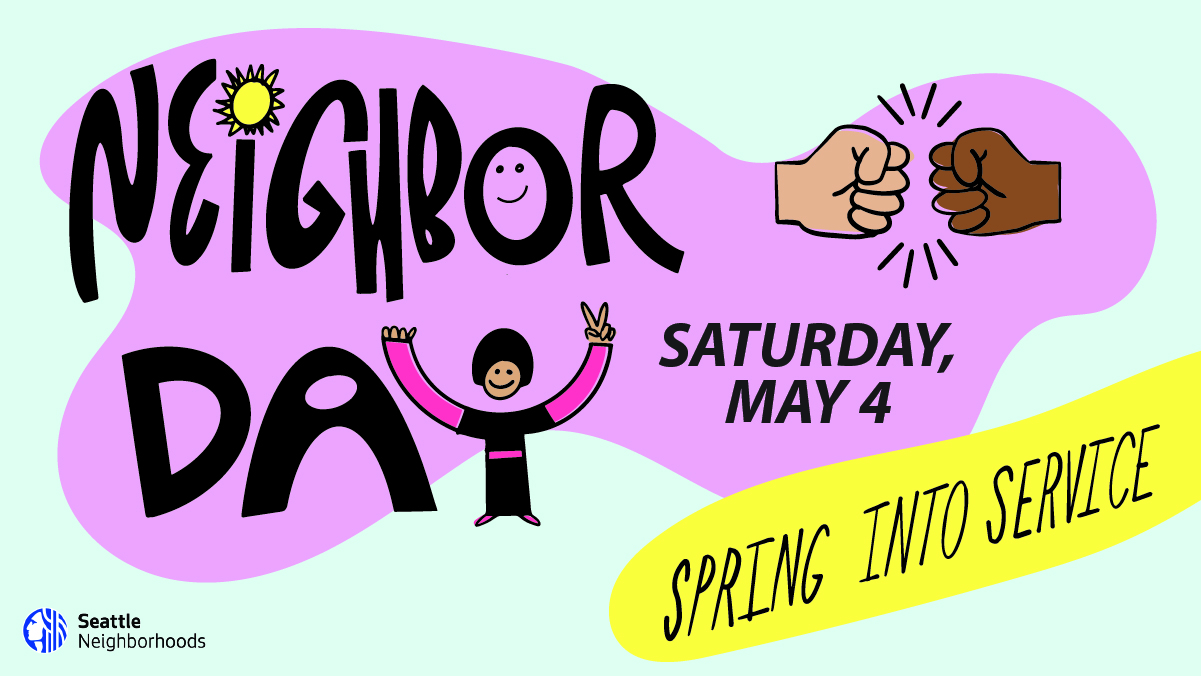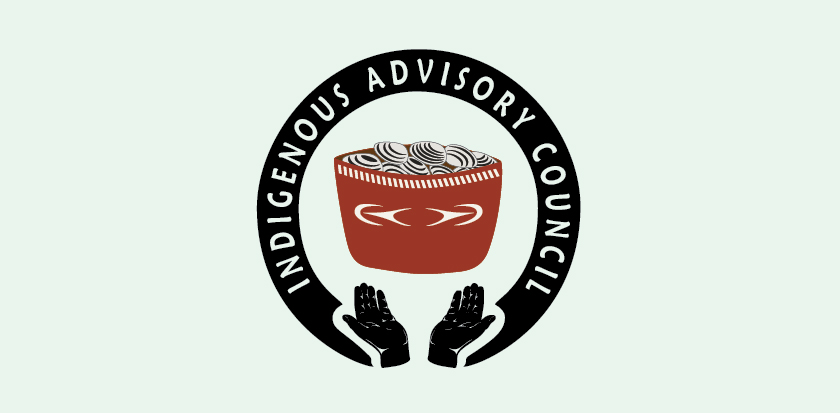

Indigenous Advisory Council Member
Tell us a little bit about yourself.
I’ve held many roles as I explored my passion for community empowerment over the years: artist, museum educator, art administrator, grantmaker, selection panelist, board member, writer, speaker, teacher, curator, manager, bookkeeper, and countless other odd jobs required with on-the-ground grassroots organizing. Using Indigenous values and cultural methodologies to leverage resources into BIPOC communities is at the heart of all I do.
My most recent employment includes four years at Tacoma’s Office of Arts coordinating public art programs and expanding access for Native creatives. In early 2020, I started at Native Action Network, managing programs designed to uplift Native women leaders. Currently, I’m a program officer at Seattle Foundation, where I am building an Indigenous funding framework. Over the years, I’ve complemented these roles with an independent arts consulting practice, collaborating with various agencies across the Salish Sea. The work that is closest to my heart is co-founding yəhaw̓ Indigenous Creatives Collective, a Seattle-based nonprofit that improves Indigenous mental and emotional health outcomes through equitable creative opportunities. My interdisciplinary personal and professional experiences will inform my work on the Indigenous Advisory Council, where I hope to further fulfill my commitment to community by advising on policies and practices that impact Native people in Seattle and beyond.
What inspired you to want to join the Indigenous Advisory Council and what do you hope to achieve?
I was inspired to apply because I believe deeply in intergenerational, intertribal collaboration – we are stronger together. I am excited to grow among a team of committed advocates on the council as we work collectively to strengthen our communities’ voice and visibility in Seattle.
I would love to see the council advise on arts and culture topics. I’ve recently consulted on several Indigenous public artworks that will be installed in coming years at the Washington State Convention Center, Seattle Aquarium, Seattle Waterfront, and Pioneer Square. Throughout those projects, I’ve learned how transformative it is to have Indigenous perspectives involved at every stage of the design process to ensure our communities are engaged holistically and reflected accurately. For instance, thanks to a majority-Native selection panel, the convention center commissioned five Native women, some of whom are first-time public artists, to create major artworks at the entries of their new addition.
I’ve also noticed challenges as I work in the arts field. Many development projects in Seattle would benefit from Indigenous representation, but don’t effectively outreach to our community, or worse, they choose to appropriate our cultures without consultation. Both public and private projects are often led by different agencies, increasing the potential for silos and a lack of city-wide cross-sector oversight.
The Indigenous Advisory Council could be an invaluable resource for the creative sector in Seattle – advising on cultural representation protocols, advocating for Indigenous creatives, and stewarding connections across projects for greater impact.
Things are shifting. New funding streams are reaching Native communities. Land is being given back. Our city council president is a Native woman! It’s a rich time for the Indigenous Advisory Council to come into being and to catalyze meaningful change that will benefit our people for generations to come.
How does being a member of the Cherokee Nation influence your life in the Salish Sea region?
I am a citizen of the Cherokee Nation, and a second-generation Urban Native, born and raised on beautiful Coast Salish territories. From the time I was small, my parents have worked with several Native-led agencies in Seattle. I grew up witnessing first–hand how dedicated Indigenous leaders from many tribes shape our region for all to thrive. Watching them, I’ve learned that our inherited responsibility to our people is a gift. I hope to be of service to the community and lands that raised me.
Now early in my own career, I continue to learn from Native people around me every day and always look for opportunities to expand my relationships, both within the Urban Native diaspora and with Coast Salish tribal members. As a guest on these territories, I prioritize Coast Salish representation in my consulting work and lift up local tribal sovereignty on issues impacting their ancestral homelands.
I try to maintain close personal connections with diverse Indigenous individuals and organizations in the Salish Sea region as well. I write recommendation letters, show up at community events, send flowers, buy earrings, volunteer, donate, and so on. I feel like my most whole, healed, and creative self when I am working alongside Indigenous people towards a common goal.
What do you love most about living in this region?
The rain. No matter the season, our regular rainfall helps me feel calm and cleansed. Cherokees recognize balance as a key value, and the Northwest weather is a good reminder that we need a mix of sun and storms to sustain our environment and our spirits.
What haven’t I asked you about that I should?
I’m joining the council as a proud representative of yəhaw̓ Indigenous Creatives Collective.
yəhaw̓ was initiated as an arts pop-up project with over 20 regional sites and 50 events that culminated in the inaugural exhibition at Seattle’s King Street Station in 2019. Using a radically inclusive curatorial ethos, we invited all Indigenous creatives living in the region to participate and featured artworks from over 200 intergenerational and multi-tribal exhibitors.
yəhaw̓ continues to organize exhibitions, installations, performances, residencies, markets, publications, grants, and other community-led projects. We center the voices of women, Two Spirit, and young people. Our practices are accompanied by relationship-building and mentorship opportunities to support continued creative development in our communities, with the intent that all participants will gain experience, exposure, and grow sustaining connections.
We are in the process of purchasing a mostly wooded parcel in South Seattle to create a public space that allows Indigenous, Black, and Brown peoples to experience land sovereignty with opportunities to design and build, using sustainable Indigenous technology, structures for art making, and community creation. We will offer paid internships, residencies, and teaching opportunities to students, artists, and Elders to build an alternative community framework that privileges Indigenous knowledge in a time of ecological and social crisis. In this moment of tremendous growth for our organization, it’s the perfect time for us to expand our arts advocacy through public service on the Indigenous Advisory Council.


